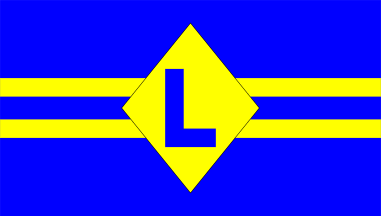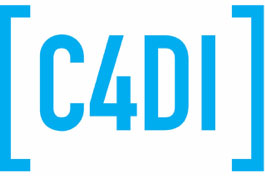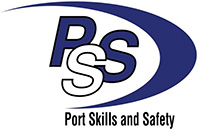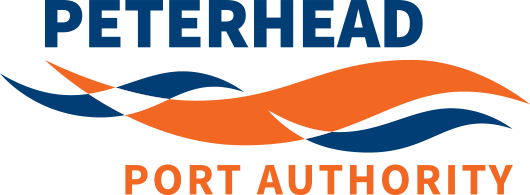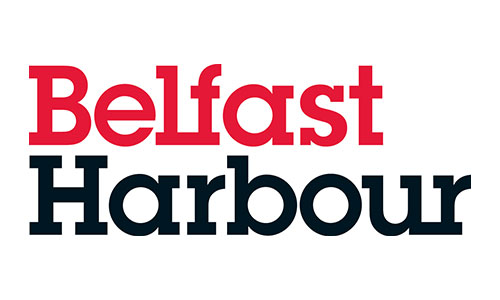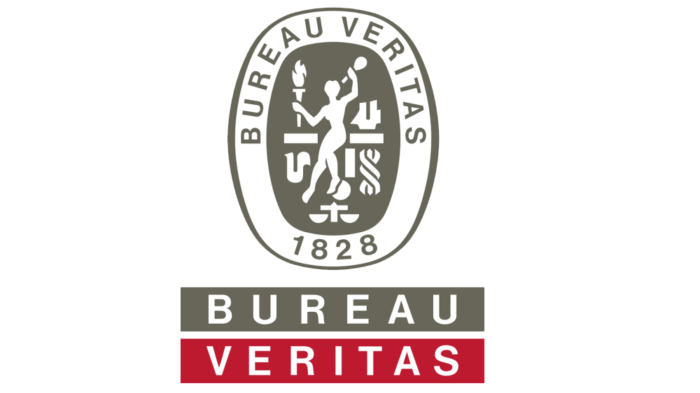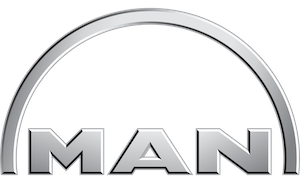Communication In Pilot Transfer Operations
Communication is the cornerstone of every safe maritime operation and pilot transfer operations are no different. By ensuring communication is clear, concise and structured vessels can ensure their pilot transfers are safe and that their pilot boards happy and in the right frame of mind to commence their act of pilotage.
Communication can be separated in four phases.
In advance of pilot transfer
Prior to pilot transfer
During pilot transfer
After pilot transfer
Communications In Advance Of Pilot Transfer
Communication in advance can take several form. It could be an email from the agent or pilot organisation, VHF communication with the local vessel traffic service (VTS) or for helicopter pilot boarding operations with the helicopter operator.
Whatever format this communication takes the information a vessels master will need to ascertain is
• Where will the pilot board
• At what time does the vessel need to be at this point
• Course and speed for transfer operations
• For boat transfers which side should the pilot ladder be rigged
• And what height should the pilot ladder be
• For helicopter pilot transfer what aircraft is in use and
• Will the helicopter be landing or will it be a winch transfer
With this information preparations can be made. A responsible officer should inspect the ladder prior to use and also supervise the rigging of the ladder ensuring the ladder is the correct height from the sea surface and that the ladder is appropriately secured and adequately illuminated.
For helicopter operations the standard firefighting and rescue equipment should be readied, the vessels rescue boat prepared and the operating area should be clean and a full flying object danger (FOD) inspection should be carried out. The operating area should again be adequately illuminated.
Communication Prior To Pilot Transfer
As the pilot boat or helicopter approaches VHF communications must be established ideally on a working frequency that allows for uninterrupted communication. At this point the vessel can confirm her course and speed, that she is ready in all respects to conduct pilot transfer and inform the pilot vessel which side the pilot ladder is rigged or in the case of a helicopter transfer that the aircraft has permission to conduct landing/winching operations.
Communication Immediately Prior to Pilot Transfer
The responsible officer should be in two way communication with the bridge and in the case of helicopter transfer this should ideally be via a headset with noise cancelling microphone. As the boat or aircraft approaches the responsible officer should communicate the position of the pilot boat or helicopter and inform the bridge when pilot transfer is about to commence.
Communication During Pilot Transfer
For pilot boat operations the key points the responsible officer should communicate are
• The pilot boat is alongside
• The pilot is on the ladder
• The pilot is on deck
• The pilot boat is clear of the ships side
For helicopter transfers the responsible officer should communicate
• When the aircraft is in the hover
• When the aircraft is on deck or commences winching
• When the pilot is safely on board
• When the aircraft is clear
Communication After Pilot Transfer Operations
After pilot transfer it may necessary for the responsible officer to relay instructions to the bridge or for the pilot boat or helicopter to communicate instructions to the ship. On large vessels it may take some time for the pilot to reach the bridge and in congested waters it may be imperative that certain actions are expedited once pilot transfer is complete. This might be to resume a previous course, speed up or to communicate with VTS or other vessels.
It is important that when we communicate we do so in a clear, concise and unambiguous manner making good use of standard maritime communication phrases as laid out in the IMO Resolution A.918(22).
It can also be useful if communications are proving difficult for all parties to use message markers as laid out in section 3 of this resolution. The message markers used are
(i) Instruction
(ii) Advice
(iii) Warning
(iv) Information
(v) Question
(vi) Answer
(vii) Request
(viii) Intention
For example
“SHIP X this is PILOT BOAT Y. QUESTION. Which side is your pilot ladder rigged?”
Or
“SHIP X this is VTS Y. INSTRUCTION. The pilot boat is approaching reduce your speed to 6 knots”
Or
“HELICOPTER X this is SHIP Y. INFORMATION. Relative wind is Green 35 at 10 knots”
In conclusion. Pilot transfer will, by it’s very nature, always be a high risk endeavour. However this risk can be greatly mitigated by good procedures and sound communication protocols.
Simply remember the three C’s of communication
CALM, CLEAR, CONCISE
Our pilot transfer training package covers every element of pilot transfer operations including helicopter transfers and ensures that your crew get it right first time, every time.




